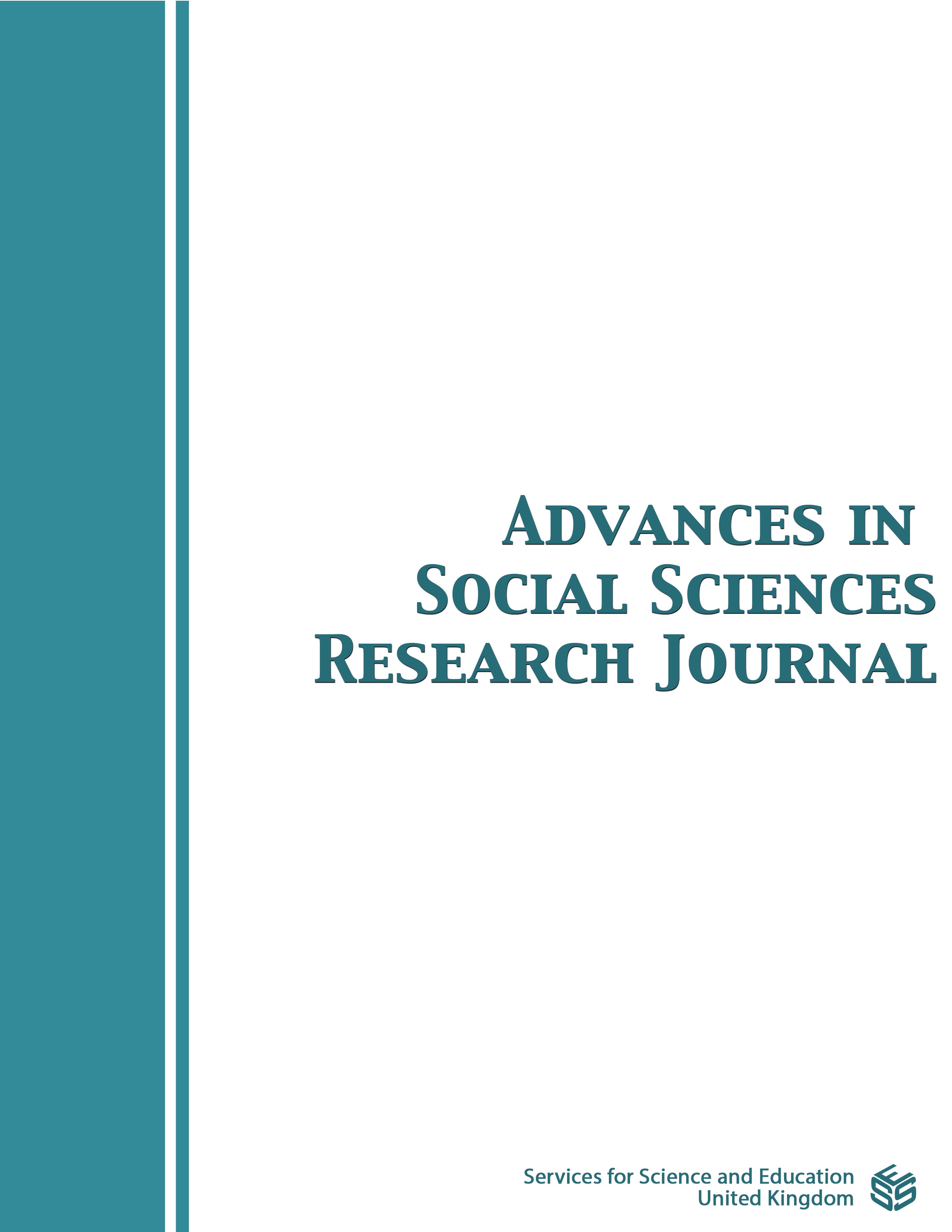Quality of Student Officers and the Functional Use of Assessment of the Effectiveness of Military Capabilities (School Studies Staff and Command of the Indonesian Navy/ Seskoal Jakart
DOI:
https://doi.org/10.14738/assrj.912.13567Abstract
This study aims in general to create a model for increasing the Effectiveness Military Capability of Student Officers (Pasis) as a result of Seskoal education. This study uses an influence research approach (ex-post facto) with a survey method (questionnaire/questionnaire distribution). The research site will be carried out by the Navy Command and Staff School (Seskoal), which is the Highest General Development Education Institute in the Navy. The time of the research starts from June 2021 to July 2022. The population in this research is students or Student Officers Classes 2016 to 2021 with a total of 750 people. This study uses a simple random sampling technique and the number of samples used is 260 people. The results show that the Quality of Student Officers has a direct positive effect on the Effectiveness of Military Capability. Student Officers will cause a decrease in Military Ability Effectiveness. The Functional Usefulness of the Assessment has a direct positive effect on the Effectiveness of Military Capability, this can be interpreted as the better the Functional Usefulness of the Assessment will lead to an increase in the Effectiveness of the Military Ability and vice versa, the worse the Functional Usefulness of the Assessment will lead to a decrease in the Effectiveness of the Military Capability. Functional Usefulness of Assessment has a positive indirect effect on the Effectiveness of Military Capability through the Quality of Student Officers.
Downloads
Published
How to Cite
Issue
Section
License
Copyright (c) 2022 Daniel Setiawan, Madhakomala, Ucu Cahyana

This work is licensed under a Creative Commons Attribution 4.0 International License.
Authors wishing to include figures, tables, or text passages that have already been published elsewhere are required to obtain permission from the copyright owner(s) for both the print and online format and to include evidence that such permission has been granted when submitting their papers. Any material received without such evidence will be assumed to originate from the authors.






